Home>Furniture>Outdoor Furniture>How To Sew Patio Cushion Covers
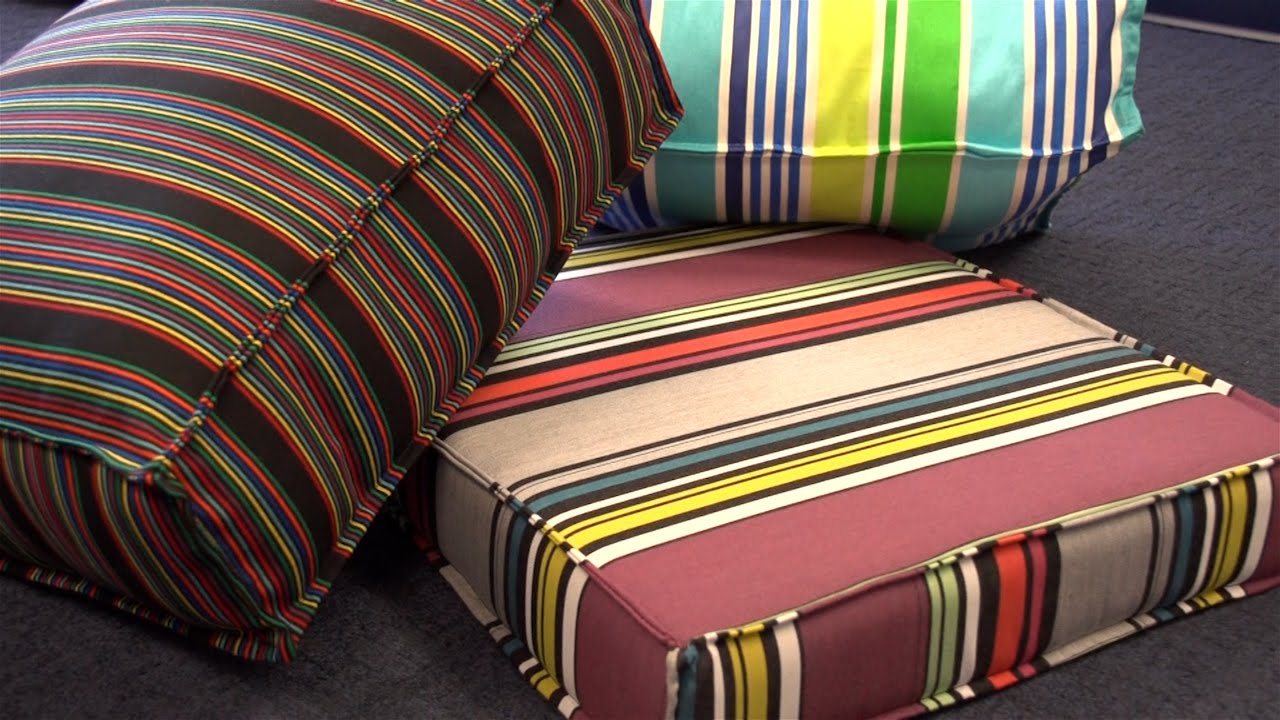

Outdoor Furniture
How To Sew Patio Cushion Covers
Modified: August 17, 2024
Looking to update your outdoor furniture? Learn how to sew patio cushion covers with our step-by-step guide. Enhance the comfort and style of your patio with these DIY cushion covers.
(Many of the links in this article redirect to a specific reviewed product. Your purchase of these products through affiliate links helps to generate commission for Storables.com, at no extra cost. Learn more)
Introduction
When it comes to enjoying your outdoor living space, having comfortable patio furniture is key. And one of the important aspects of ensuring the comfort and durability of your outdoor furniture is having well-fitted and stylish cushion covers. While you can easily purchase ready-made cushion covers, there’s something special about creating your own custom covers. Not only will you be able to choose the perfect fabric that complements your outdoor decor, but you’ll also have the satisfaction of knowing you made them yourself.
But where do you start? Don’t worry, we’ve got you covered! In this article, we’ll guide you through the process of sewing your own patio cushion covers. From selecting the right fabric to adding finishing touches, you’ll learn all the essential steps to create professional-looking covers that will protect your cushions and elevate the look of your outdoor space.
Before you dive into the world of sewing, it’s important to gather the necessary materials. You’ll need a sewing machine, fabric suitable for outdoor use, thread, scissors, measuring tape, pins, and any accessories like zippers or Velcro closures, ties or fasteners that you want to add to your covers.
Now that you have everything prepared, let’s get started on creating your very own patio cushion covers!
Key Takeaways:
- Create custom patio cushion covers to protect and elevate your outdoor space. Choose durable, weather-resistant fabric and add closures for a professional finish. Express your creativity and enjoy the satisfaction of handmade covers.
- Sewing your own patio cushion covers allows for endless possibilities in fabric selection and design. Pay attention to details, add final touches, and enjoy the comfort and beauty they bring to your outdoor oasis.
Read more: How To Cover Outdoor Patio Cushions
Choosing the Right Fabric
Choosing the right fabric for your patio cushion covers is crucial as it will determine their durability and performance in outdoor conditions. When shopping for fabric, look for options that are specifically designed for outdoor use. Here are some factors to consider:
- Weather Resistance: Outdoor fabrics should be able to withstand the elements, including sun exposure, rain, and humidity. Look for fabrics that are fade-resistant, water-resistant, and mildew-resistant.
- UV Protection: The fabric should offer UV protection to prevent fading and damage from the sun’s harmful rays. Sunbrella fabric, for example, is a popular choice known for its UV resistance.
- Durability: Outdoor furniture is exposed to constant use and can face wear and tear over time. Choose fabrics that are durable and can withstand repeated use without fraying or tearing easily.
- Easy Maintenance: Outdoor fabrics should be easy to maintain and clean. Look for fabrics that are machine-washable or can be wiped clean with a mild detergent.
- Color and Pattern: Consider the color and pattern of the fabric that will complement your outdoor decor and personal style. Opt for colors that won’t fade quickly and patterns that will withstand the test of time.
Popular fabric choices for outdoor cushion covers include solution-dyed acrylic fabrics like Sunbrella, polyester blends, and vinyl-coated fabrics. These materials offer excellent weather resistance, durability, and are available in a wide range of colors and patterns to suit any design preference.
In addition to the fabric itself, it’s also important to consider the fabric’s breathability. Cushions need to be able to dry quickly to prevent mold and mildew growth. Look for fabrics that are breathable and allow for adequate airflow.
Remember to take accurate measurements of your cushions before purchasing the fabric. This will ensure that you buy enough material to cover each cushion correctly. It’s always a good idea to buy a little extra fabric to account for any mistakes or future replacements.
With the right fabric in hand, you’re ready to move on to the next step: measuring your patio cushions.
Measuring the Patio Cushions
Before you start cutting your fabric, you’ll need to take accurate measurements of your patio cushions. This step is essential to ensure that your cushion covers fit snugly and look professionally done. Here’s how to measure your patio cushions:
- Length and Width: Measure the length and width of each cushion, from seam to seam, using a measuring tape. Take note of these measurements.
- Thickness: Measure the thickness or depth of the cushion by placing a ruler or measuring tape against one side of the cushion and measure to the opposite side. Write down this measurement.
- Contour Shape: If your patio cushions have a curved or contoured shape, it’s important to measure any unique curves or angles. Use a flexible measuring tape or a string to trace along the edges of the cushion, following the curves. Then measure the length of the string to get an accurate measurement of the contour shape.
- Additional Considerations: If your cushions have any special features, such as ties or fasteners, measure their placement and distance from the edges as well.
It’s always a good idea to double-check your measurements to ensure accuracy. If you have multiple cushions of the same size, measure one cushion as a reference and then replicate the measurements for the others.
Once you have your measurements ready, you can move on to the next step: cutting the fabric for your cushion covers. Proper measurements will ensure that your covers fit snugly and look tailored, giving your patio furniture a polished and cohesive appearance.
Cutting the Fabric
Now that you have accurate measurements of your patio cushions, it’s time to cut the fabric for your cushion covers. This step is crucial to ensure that the covers fit properly and look professionally made. Follow these steps to cut the fabric:
- Prepare the Fabric: Lay your fabric flat on a large work surface, ensuring it is free from wrinkles or creases. If needed, iron the fabric to remove any wrinkles before you begin cutting.
- Mark the Measurements: Use a fabric pencil or chalk to mark the measurements directly on the fabric. Be precise and careful when marking the fabric, ensuring that the measurements align with the dimensions of your cushions.
- Include Seam Allowance: When marking and cutting the fabric, make sure to include seam allowance. Typically, adding 1/2 inch to 1 inch around the perimeter of the cushion measurements will give you enough room to sew the cushion cover together.
- Contour Shapes: If your cushions have contour shapes or unique curves, use your markings as a guide and carefully cut along these lines. Take your time to ensure accuracy in cutting out the contour shapes.
- Double-Check Measurements: Before cutting, double-check your markings and measurements against the actual cushion dimensions. This additional step helps to ensure accuracy and prevent any unnecessary fabric waste.
It’s important to note that if you have multiple cushions of the same size, you can stack the fabric layers to save time and ensure consistency in cutting. Just make sure the fabric layers are aligned correctly and secure them in place before cutting.
Once you have cut the fabric according to your measurements, you’re now ready to move on to the exciting part – sewing the cushion covers! Take your time and be precise in cutting the fabric, as this will directly impact the final fit and appearance of your cushion covers.
Sewing the Cushion Covers
Now that you have the fabric cut to the appropriate size, it’s time to sew the cushion covers. This step is where you’ll bring your fabric pieces together and create a finished cover for your patio cushions. Follow these steps to sew the cushion covers:
- Place the Fabric Pieces: Take two pieces of fabric that correspond to the front and back of the cushion cover. Place them together with the right sides facing each other, ensuring that any pattern or design on the fabric is facing inwards.
- Pin the Fabric: Use straight pins to secure the fabric pieces together, aligning the edges evenly. Pin along the edges, leaving one side open for inserting the cushion later.
- Sew the Edges: Using a sewing machine, stitch along the pinned edges with a straight stitch, leaving a seam allowance of about 1/2 inch to 1 inch. Backstitch at the beginning and end of your stitch to secure it in place. Remove the pins as you sew.
- Trim Excess Fabric: After sewing, trim any excess fabric from the edges, especially the corners, to reduce bulkiness and create clean lines. Be careful not to cut through the seam. You can also consider using pinking shears to prevent fraying and enhance the durability of the edges.
At this point, your cushion cover should resemble a basic envelope shape, with three sides sewn together and one side left open. Now, it’s time to move on to adding closures to secure the cushion cover.
But before that, it’s a good idea to check the fit of the cover on your cushion by turning it inside out and gently slipping it over the cushion. Make any necessary adjustments or modifications to the stitching if needed.
With the sewing steps complete, you’re now ready to move on to adding closures like zippers or Velcro, or attaching ties or fasteners to keep your cushion covers in place. The closures not only make it easy to insert and remove the cushions but also add a professional and polished touch to your finished covers.
Read more: How To Make Patio Furniture Cushion Covers
Adding Zippers or Velcro Closures
Adding closures to your patio cushion covers is an important step to ensure that they stay securely in place and are easy to remove for cleaning or storage. Two popular closure options are zippers and Velcro. Here’s how to add these closures to your cushion covers:
Zippers:
- Choose the Right Zipper: Select a zipper that is suitable for outdoor use and matches the length of the open side of your cushion cover.
- Position the Zipper: Lay your cushion cover with the inside facing up. Place the zipper face down along the open edge and align it with the fabric edges. Pin the zipper in place.
- Sew the Zipper: Using a zipper foot on your sewing machine, stitch along both sides of the zipper tape, securing it to the fabric. Take care to sew as close as possible to the teeth of the zipper without catching them in the stitches.
- Test the Zipper: After sewing, unzip and re-zip the zipper a few times to ensure it moves smoothly and securely.
Velcro Closures:
- Measure and Cut the Velcro: Measure the length of the open edge of your cushion cover and cut two pieces of Velcro to match.
- Position the Velcro: Lay your cushion cover with the inside facing up. Place one piece of Velcro along the top edge and the other piece along the bottom edge, ensuring they align symmetrically. Pin the Velcro in place.
- Sew the Velcro: Using a sewing machine, stitch around the perimeter of each Velcro piece to secure it to the fabric. Make sure your stitches are close together for added strength.
- Test the Velcro: After sewing, press the Velcro pieces together to ensure a secure and tight closure.
Adding zippers or Velcro closures to your cushion covers not only makes it easier to insert and remove the cushions but also provides a neat and professional finish. Choose the closure option that best suits your comfort, sewing skill level, and personal preference.
With the closures in place, your cushion covers are almost complete. The final step is to add any additional ties or fasteners to enhance the fit and aesthetics of your covers.
Attaching Ties or Fasteners
Adding ties or fasteners to your patio cushion covers is a great way to secure them to your outdoor furniture and prevent them from shifting or sliding. These decorative details also add a touch of charm and can complement your outdoor decor. Here’s how to attach ties or fasteners to your cushion covers:
Read more: How To Recover Cushions Without Sewing
Ties:
- Choose the Right Material: Select ties that are durable and weather-resistant. Outdoor fabrics, ribbons, or even nylon webbing can work well for this purpose.
- Measure and Cut the Ties: Determine the desired length of the ties and cut them into equal-sized pieces. Allow enough length for tying securely around your furniture.
- Position and Pin the Ties: Decide where you want the ties to be placed on your cushion cover. Typically, two ties on each side of the cushion are sufficient. Pin the ends of the ties to the inside of the cover, ensuring they are securely attached.
- Sew the Ties: Using a sewing machine or a strong needle and thread, sew the ends of the ties securely to the inside of the cushion cover. Make sure to stitch several times to ensure the ties are firmly attached.
Fasteners:
- Choose the Right Fasteners: There are various types of fasteners you can choose from, such as snaps, buttons, or hook-and-loop fasteners like Velcro.
- Position the Fasteners: Determine where you want the fasteners to be placed on your cushion cover. Consider both functionality and aesthetics when deciding their placement.
- Attach the Fasteners: Depending on the type of fastener you’re using, follow the manufacturer’s instructions to attach them securely to the fabric.
Adding ties or fasteners to your cushion covers not only keeps them in place but also adds a decorative element. The ties or fasteners can be color-coordinated with your outdoor furniture or cushions, enhancing the overall look of your outdoor seating area.
With the ties or fasteners attached, your cushion covers are almost complete. The final step is to give them some final touches and finishes to ensure they look polished and ready for use.
When sewing patio cushion covers, be sure to use outdoor fabric that is water and UV resistant to ensure durability and longevity.
Final Touches and Finishes
As you near the completion of your patio cushion covers, it’s time to give them some final touches and finishes to ensure they look polished and professional. These final steps will add durability and enhance the overall appearance of your covers. Here are some suggestions for final touches and finishes:
- Trim Excess Threads: Once you have finished sewing the cushion covers, carefully trim any loose or excess threads. This will give your covers a neat and tidy appearance.
- Press the Covers: If necessary, iron your cushion covers on a low heat setting to remove any wrinkles and create crisp edges. Be cautious not to apply too much heat to synthetic fabrics.
- Double-Stitch for Reinforcement: For added durability, consider double-stitching the seams of your cushion covers. This extra reinforcement will help prevent the seams from coming apart with frequent use.
- Add Piping or Trim: To elevate the look of your cushion covers, consider adding piping or trim around the edges. This decorative detail can add a touch of elegance and sophistication.
- Apply Seam Sealant: If you’re using fabric that may fray easily, consider applying a seam sealant to the raw edges of the fabric. This will help prevent fraying and ensure that your cushion covers last longer.
- Label or Tag: If you’re proud of your handmade creations, consider adding a personalized label or tag to your cushion covers. This will add a professional touch and let others know that you’ve made them with care.
- Test the Fit: Before placing the cushions back into the covers, double-check that the fit is secure and snug. Adjust any ties, closures, or fasteners if needed to ensure a proper fit.
By paying attention to these final touches and finishes, you’ll ensure that your patio cushion covers are not only functional but also visually appealing. These small details can make a big difference in the overall quality and longevity of your covers.
With the final touches complete, you can now proudly place your patio cushions back into their covers and enjoy the comfort and beauty they add to your outdoor space.
Conclusion
Congratulations! You’ve successfully learned how to sew your own patio cushion covers. By following the steps outlined in this guide, you’ve gained the knowledge and skills to create custom covers that not only protect your outdoor cushions but also enhance the overall look of your outdoor space. Sewing your own cushion covers allows for endless possibilities in terms of fabric selection, design, and personalization, giving you complete control over the style and comfort of your outdoor furniture.
Remember, choosing the right fabric is essential for outdoor use, ensuring durability and resistance to the elements. Taking accurate measurements and cutting the fabric precisely helps create well-fitted covers that look professionally made. Sewing the covers with attention to detail, adding closures like zippers or Velcro, and attaching ties or fasteners provide functionality and a beautiful finish. Adding final touches and finishes, such as trimming excess threads or applying seam sealant, further elevates the quality and appearance of your covers.
By creating your own patio cushion covers, you not only save money but also have the opportunity to express your creativity and personalize your outdoor space. With a little time and effort, you can transform your patio furniture into a stunning and comfortable oasis that reflects your unique style.
So go ahead and get started! Gather your materials, choose your fabric, and let your sewing skills shine. Whether you’re a beginner or an experienced sewist, the satisfaction of seeing your finished cushion covers will be well worth the effort. Enjoy your outdoor furniture and the enjoyment it brings to your outdoor gatherings, relaxation, and moments of tranquility.
Frequently Asked Questions about How To Sew Patio Cushion Covers
Was this page helpful?
At Storables.com, we guarantee accurate and reliable information. Our content, validated by Expert Board Contributors, is crafted following stringent Editorial Policies. We're committed to providing you with well-researched, expert-backed insights for all your informational needs.
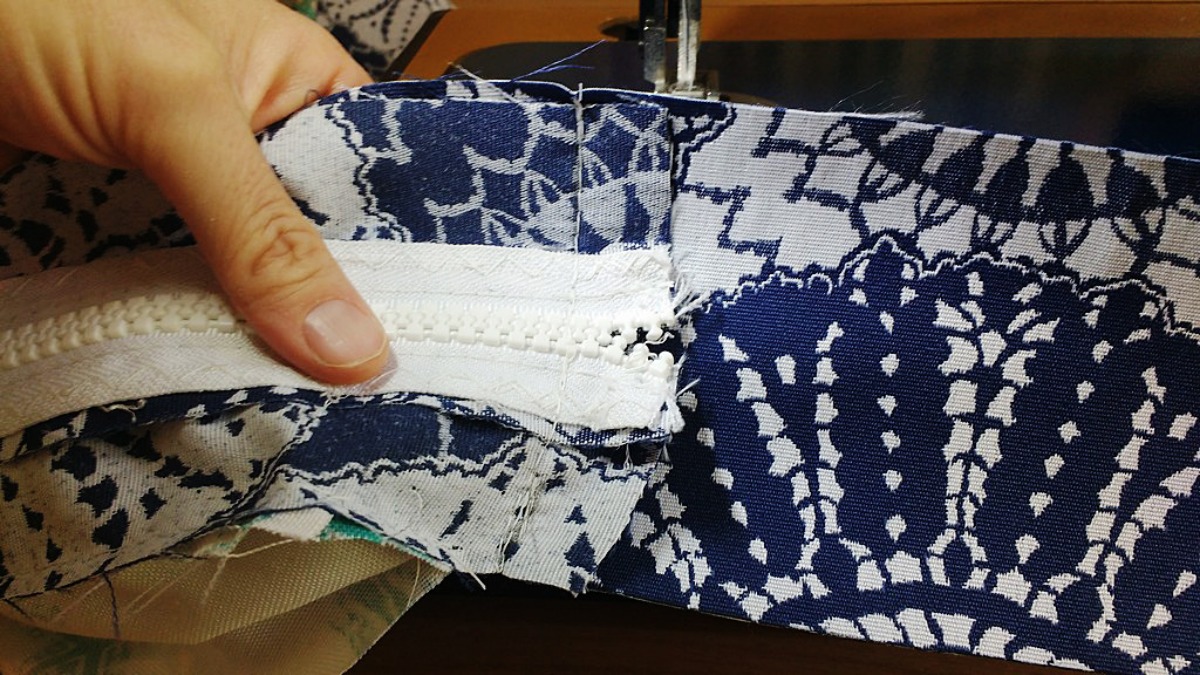
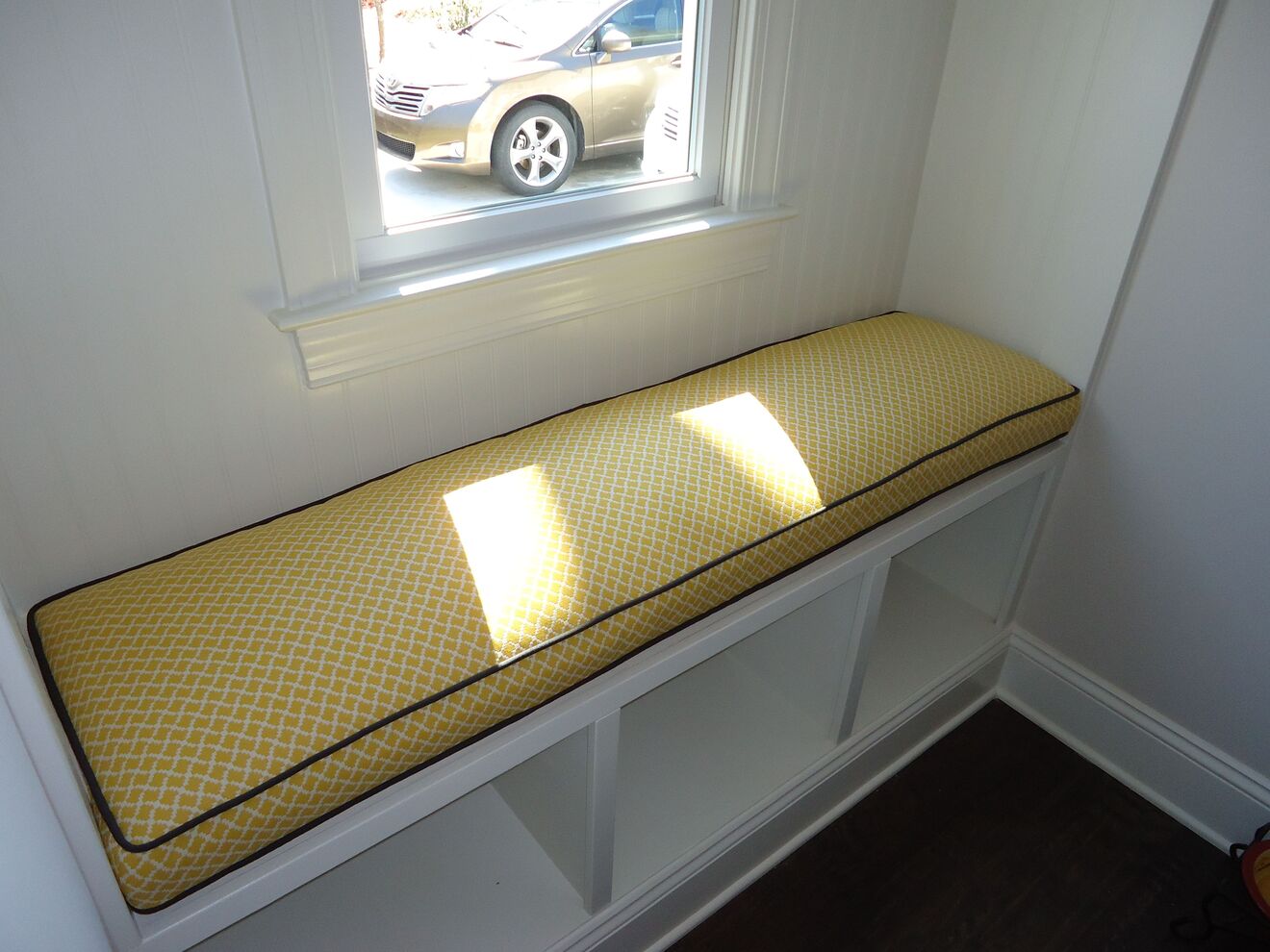

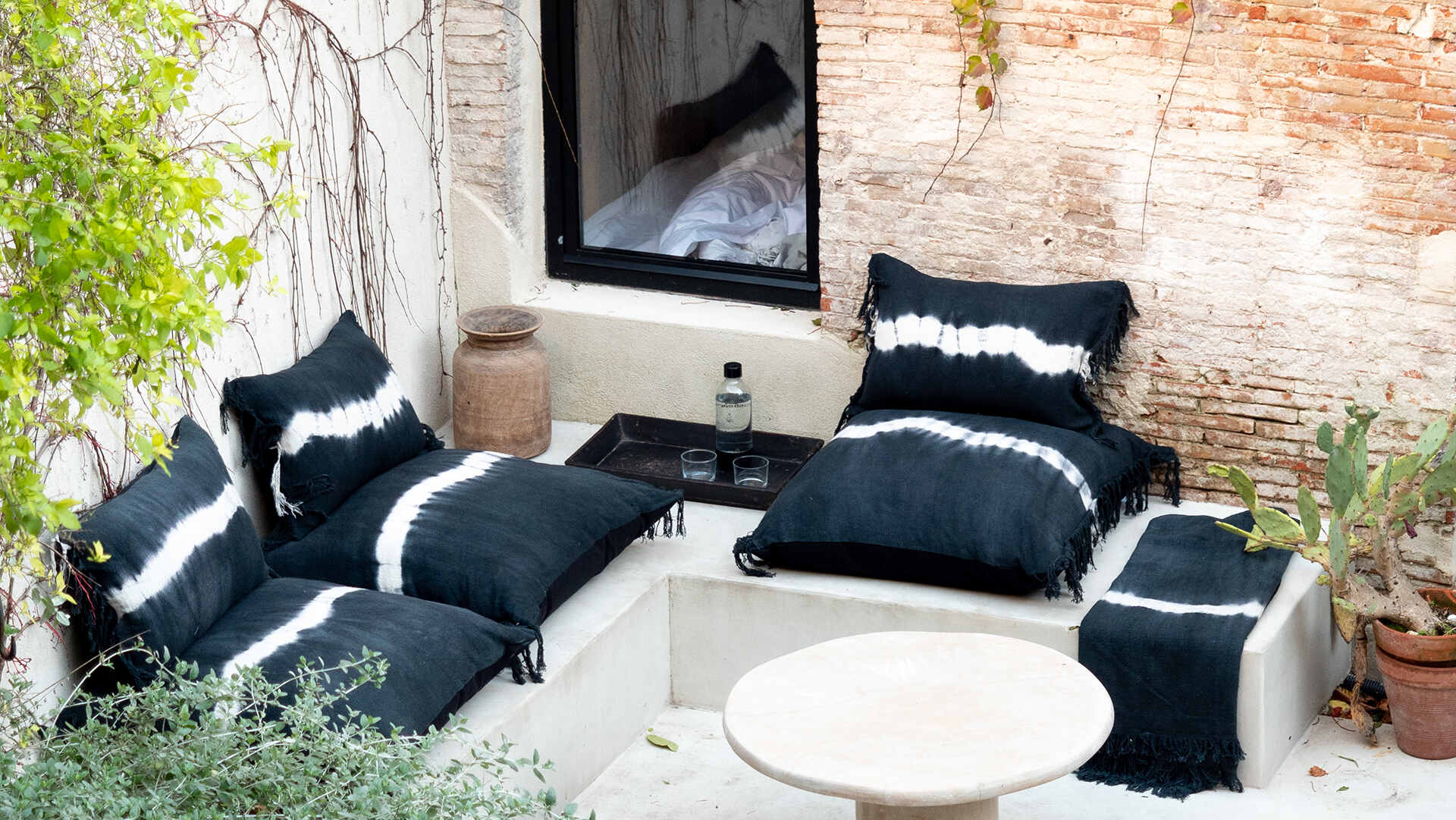

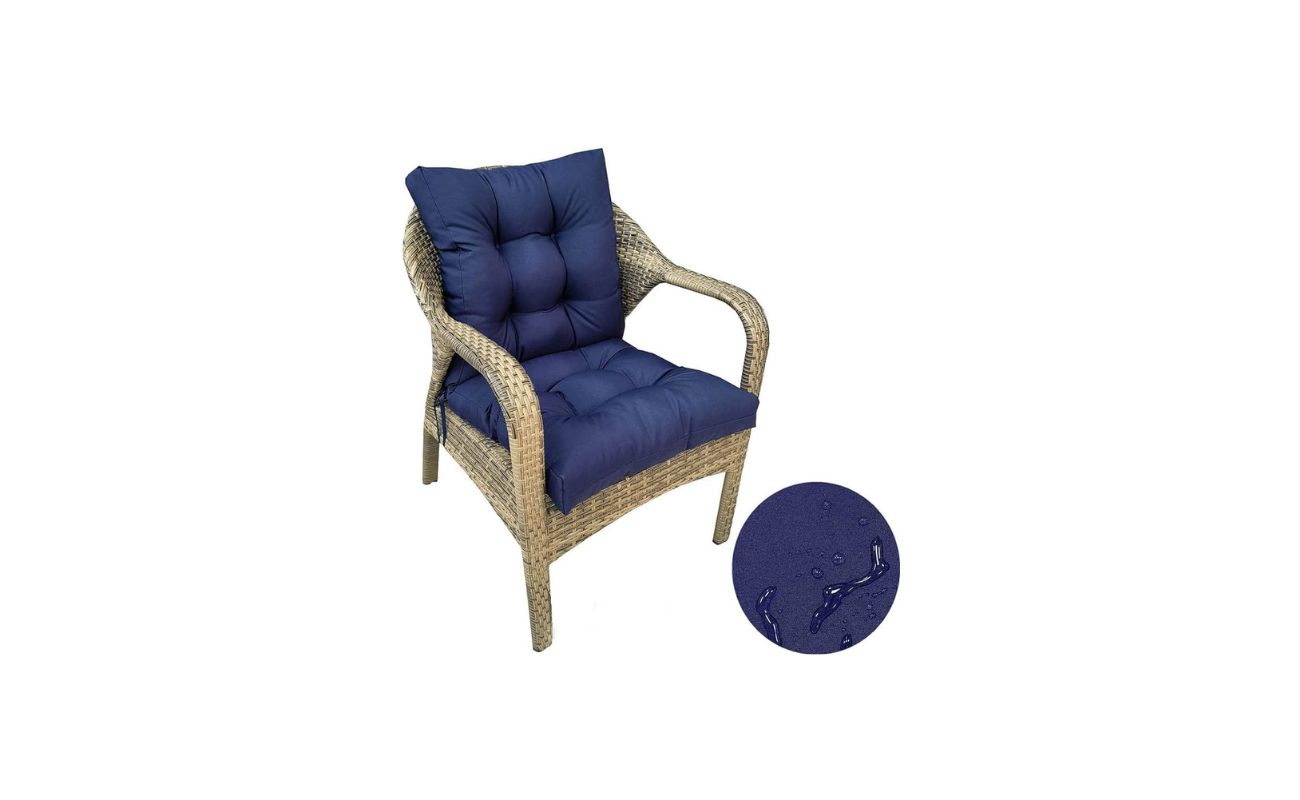
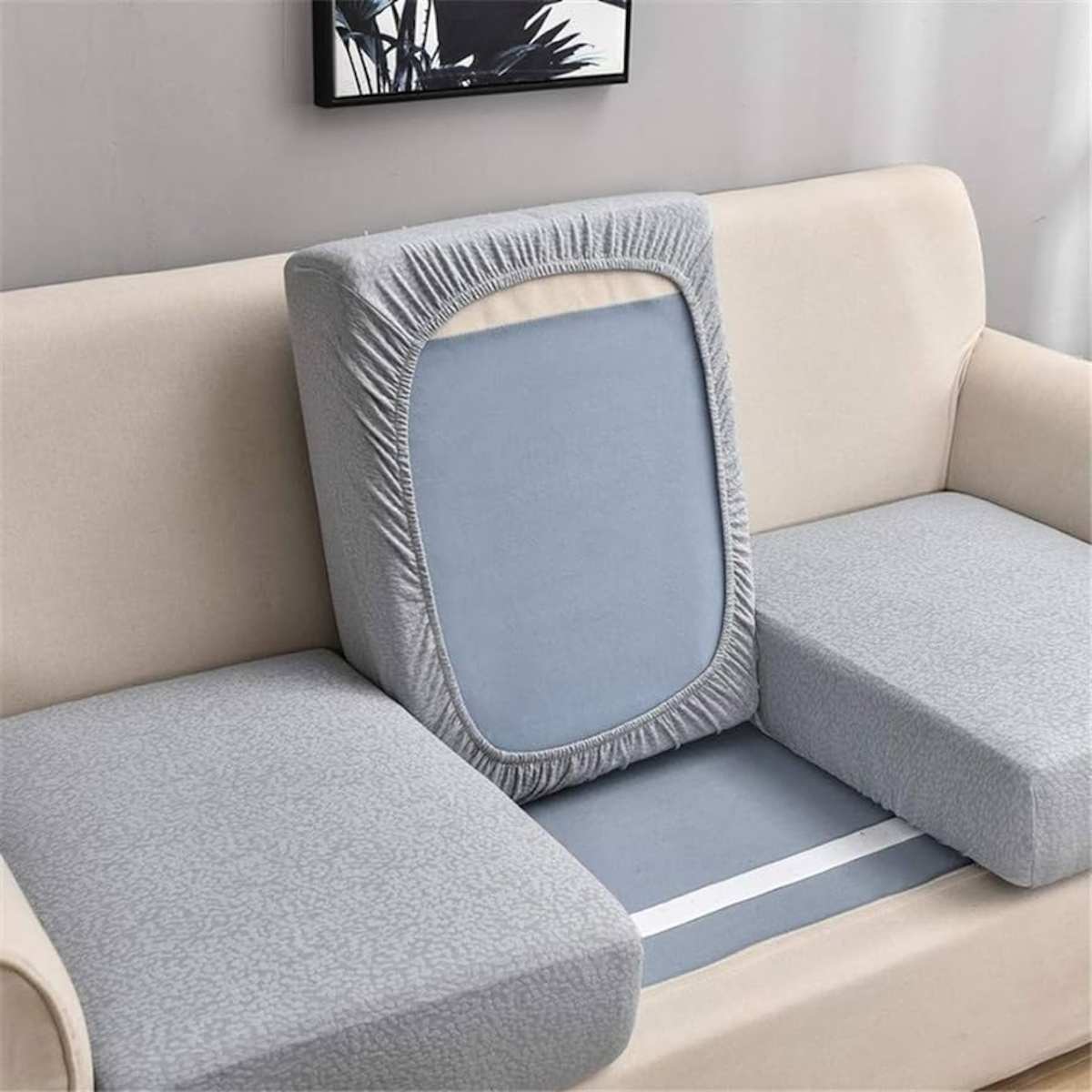
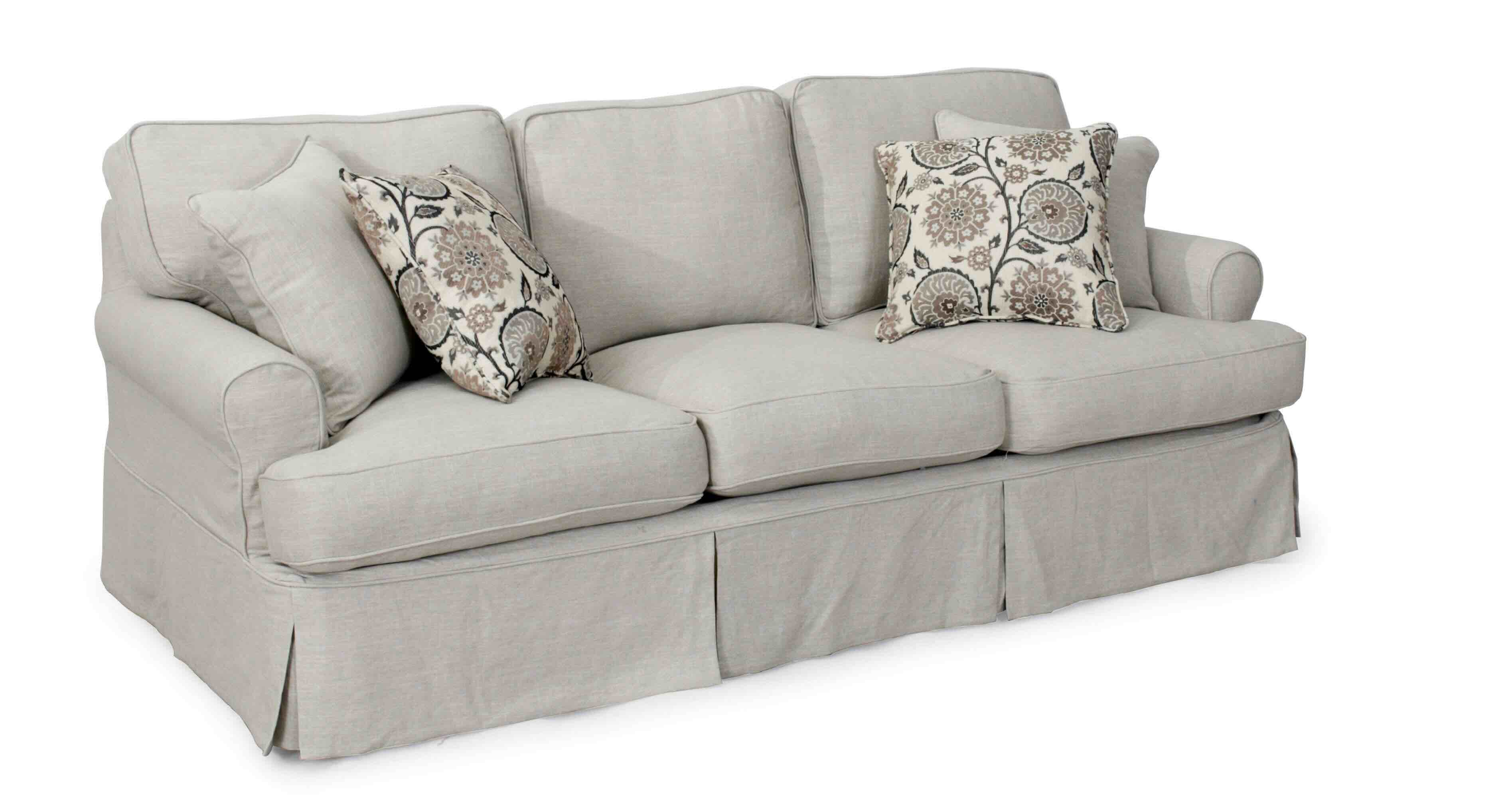
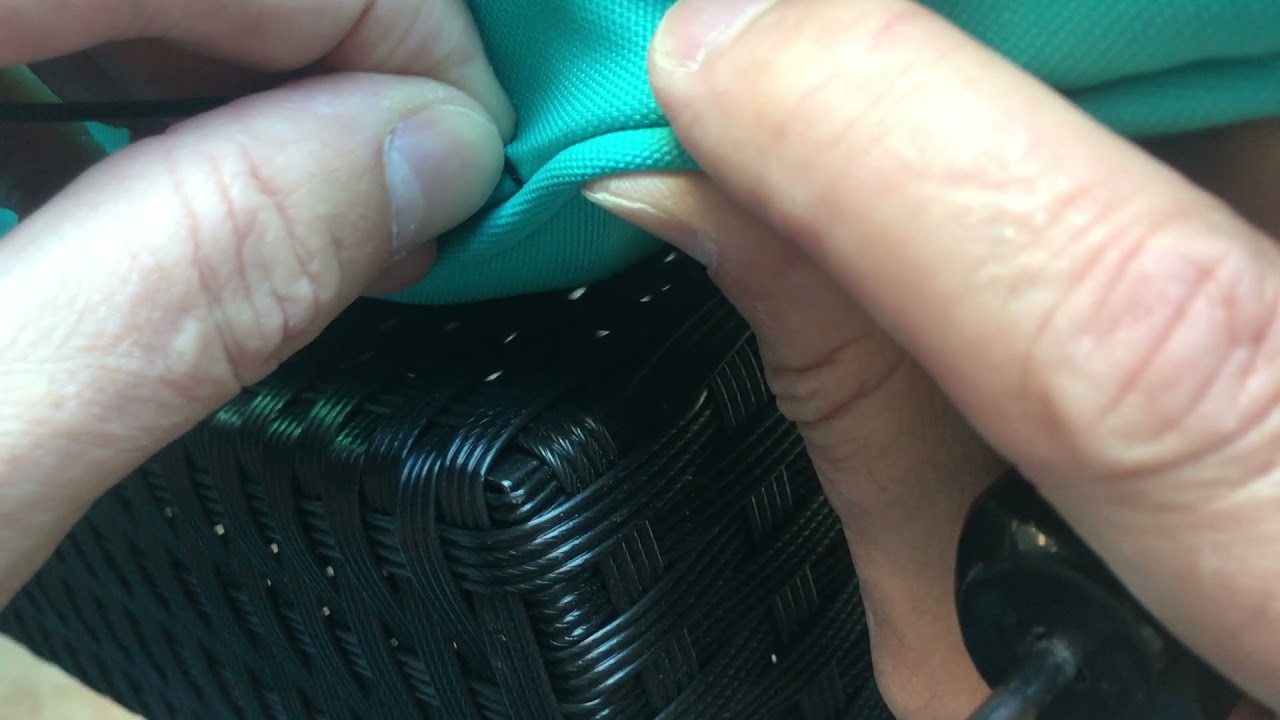
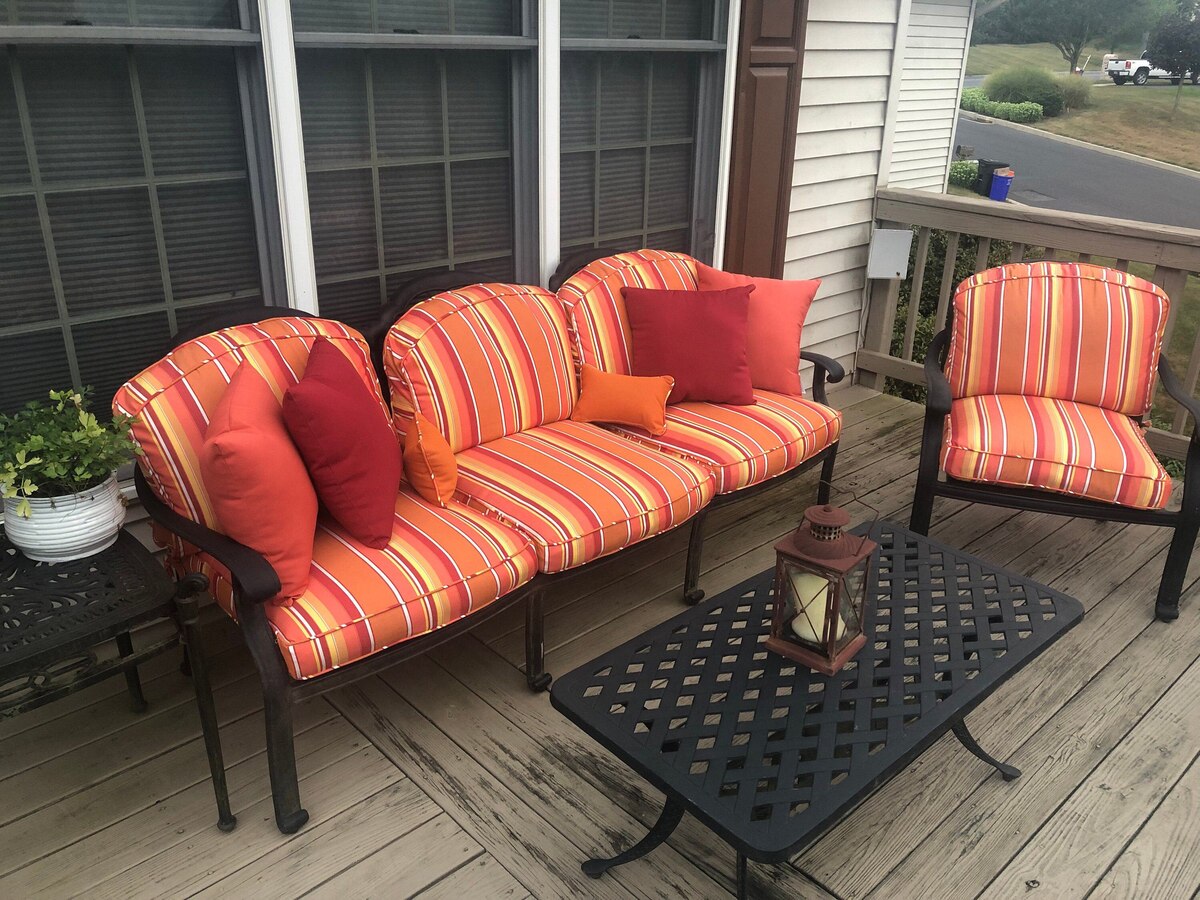
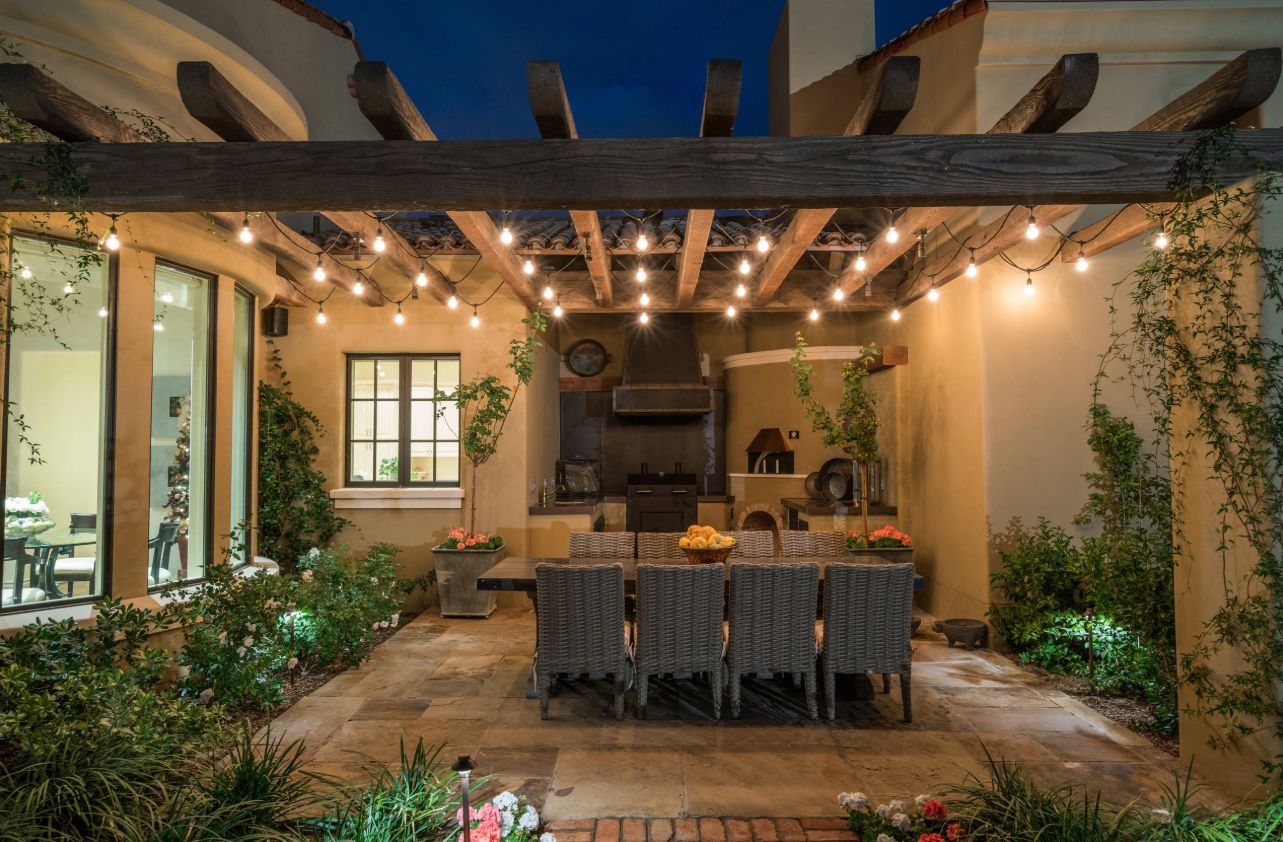
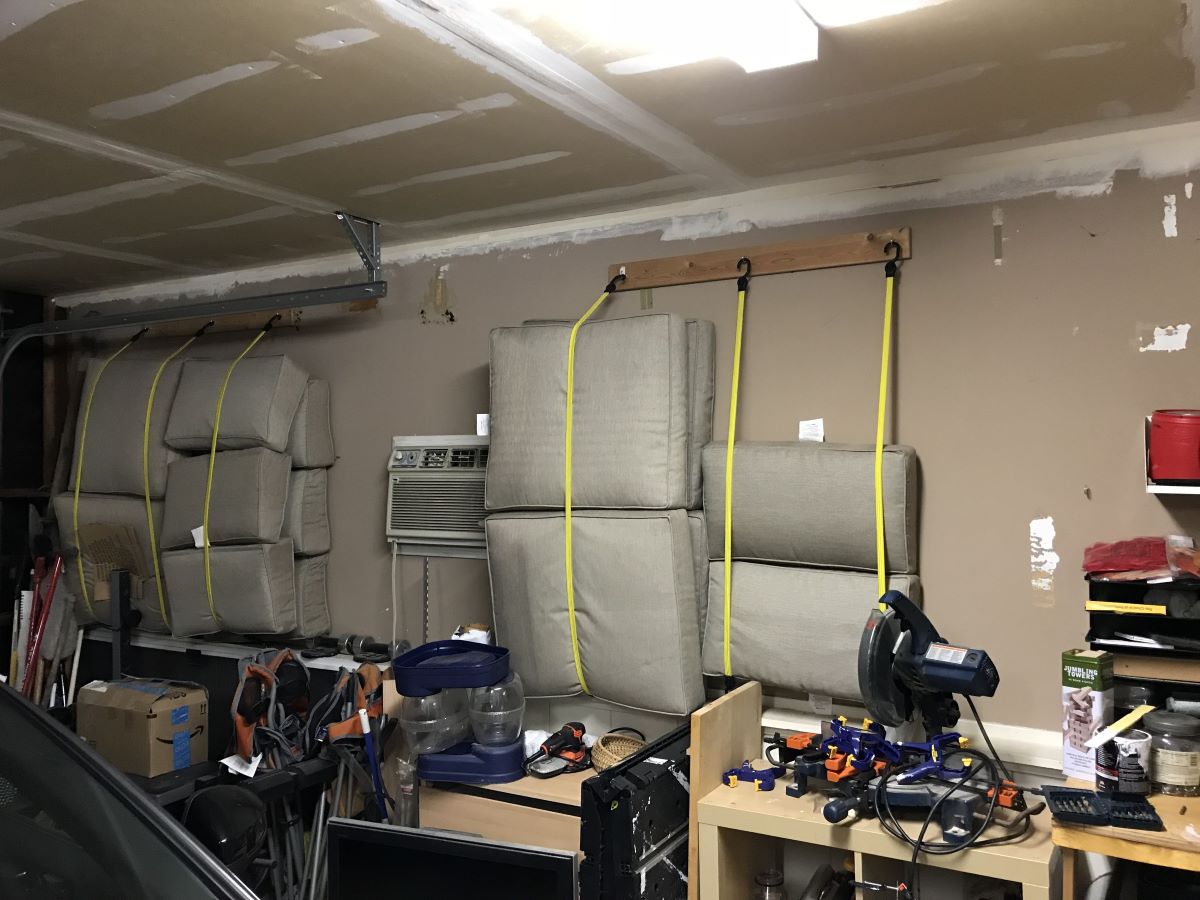
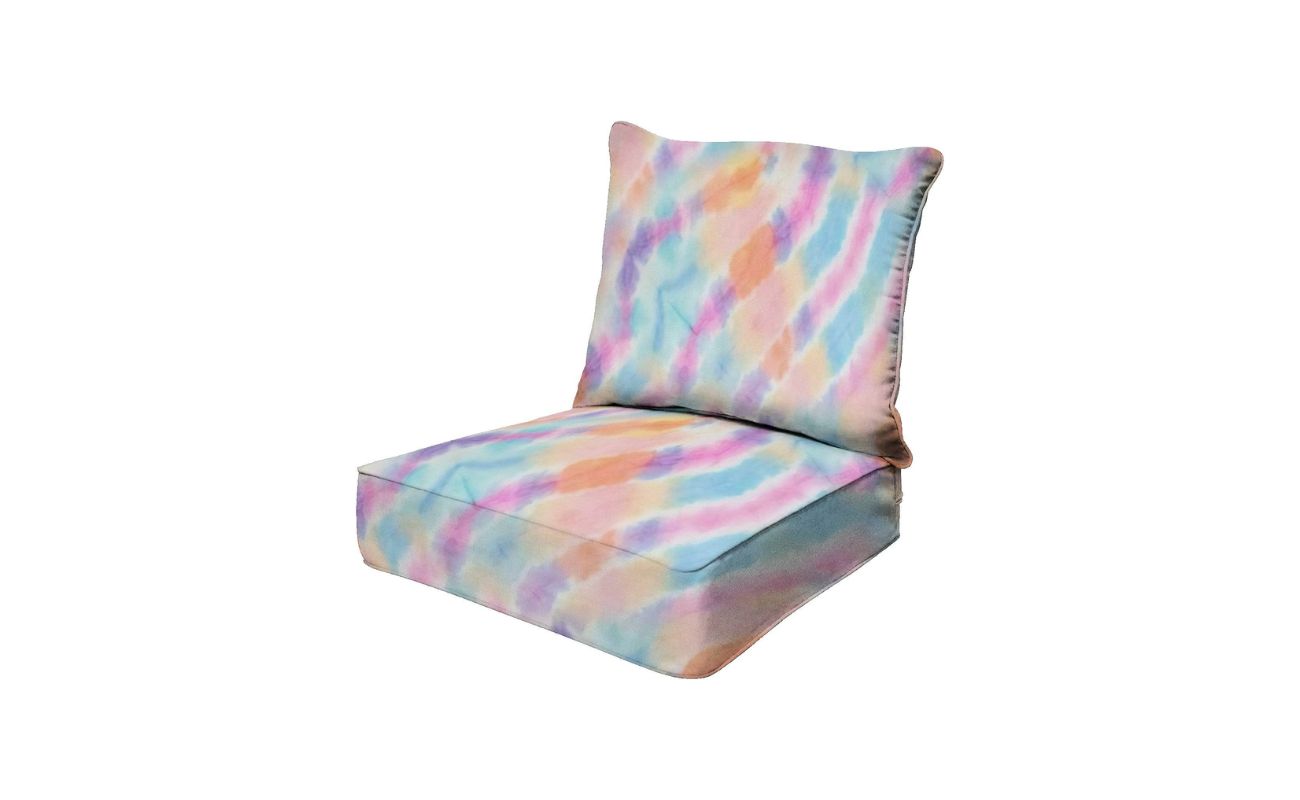

0 thoughts on “How To Sew Patio Cushion Covers”